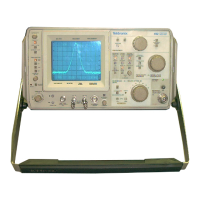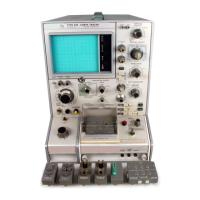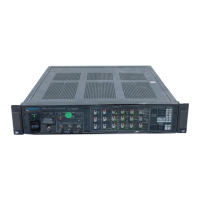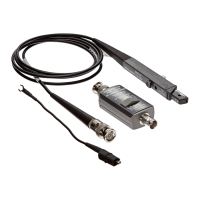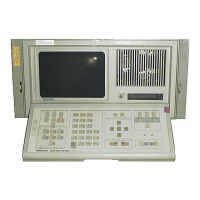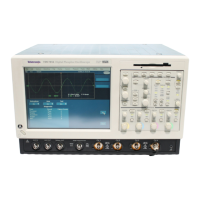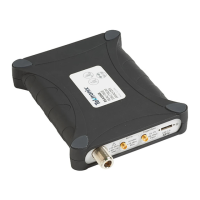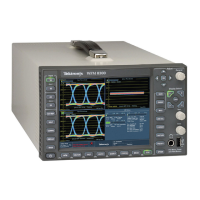VM700A Option 01 (NTSC) & Option 11 (PAL) User Manual
4-1
Section 4:Waveform Mode
Introduction
This chapter describes the capabilities of the VM700A as a waveform monitor
and how the user interface controls its operation. It is divided into three topics:
Display features, which discusses basic characteristics of a Waveform mode
display.
Menu, which contains information on all the functions and controls accessed
through the Menu button.
Select Line, which describes the operation of the digital line selection
feature.
Display
Figure 4-1 shows a typical Waveform display. Refer to this figure as you read the
descriptions that follow.
The VM700A Waveform mode can present a real-time Waveform display (with
25 updates per second) when half a video line or less is displayed. With a greater
number of lines, a very full display, or a display of VITS on the first field in a
frame, the display is slowed slightly from real-time.
For NTSC, the VM700A may display any part of the two frames of two fields
each. Select the frame displayed by selecting Field 1 or Field 2 for frame 1 or
Field 3 or Field 4 for frame 2. The default display is both frames. Use the Select
Line menu (discussed later in this section) to move to the desired field within a
frame.
For PAL, the VM700A may display any part of the four frames of an eight-field
color sequence. You can select which frames are displayed in the Select Line
menu; the default is all four frames displayed. There is no implicit field
selection. Again, use the Select Line menu (discussed later in this section) to
move to the desired field within a frame.
The Waveform mode graticule scale tracks as the waveform expands, contracts,
or moves in both the horizontal and vertical directions. This ensures the graticule
scale is always calibrated regardless of the gain (expansion) factor.
Waveform
Graticule
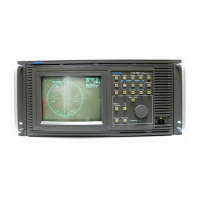
